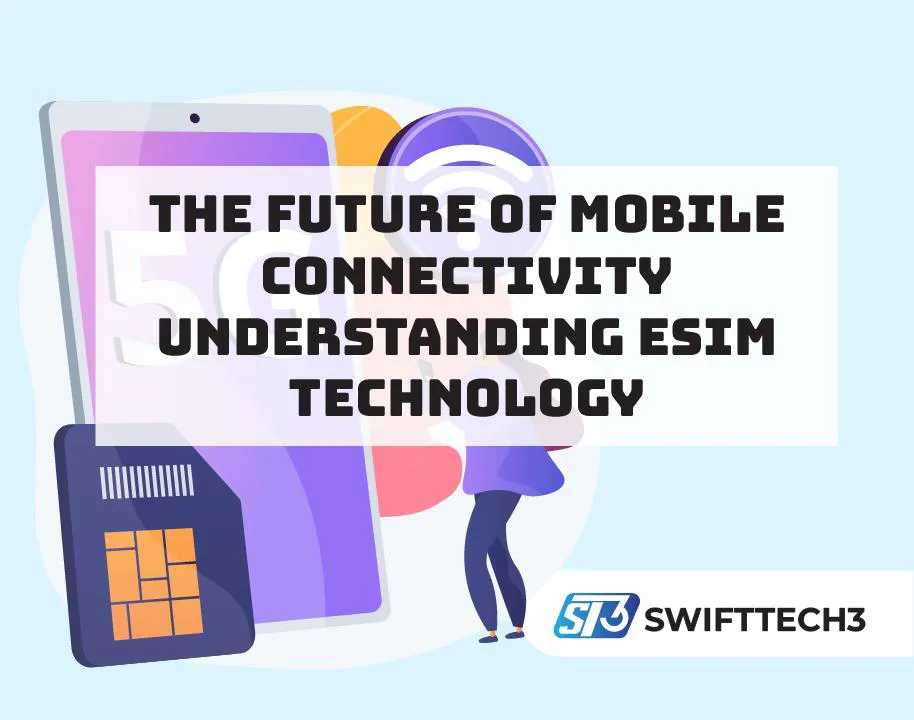In today digital age, travelers, remote workers, and even everyday smartphone users are asking a important question: what is eSIM? The term gain huge popularity in the past few years, yet many people still not clear what it actually means or how it changes the way we use mobile networks. eSIM stands for “embedded SIM,” and instead of rely on a small plastic SIM card, your phone has a chip already built-in that can be program remotely by your carrier. This simple but powerful shift makes it more easy to switch carriers, activate new plans, and connect internationally without juggling multiple SIM cards.
How eSIM Differs from Traditional SIM Cards
For decades, the plastic SIM card was the only way to connect mobile network. If you changed your carrier or travel abroad, you had to buy a new SIM, swap it out manually, and keep track of the tiny card. eSIM remove that hassle. The chip already inside your phone, tablet, or even wearable, and all you need do is download a mobile profile provided by your carrier.
This shift also allows more flexibility. For example, you can keep your main number active while adding a temporary travel plan in same time. Some devices even let you store multi eSIM profiles, making it more easy for frequent travelers to manage their connectivity across countries.
eSIMs and the Rise of Travel Connectivity
One of the biggest benefits of eSIM technology is for international travel. Instead of waiting in airport lines for local SIM, you just land, connect Wi-Fi, and activate a local or global plan instant. In fact, this article comparing eSIMs on Roami shows how travelers can save money and enjoy more reliable coverage by choosing eSIM providers that focus on international plans.
Travel industry quickly realized the convenience of eSIM. Companies now offer region-based eSIMs (like “eSIM for Europe” or “eSIM for Asia”) and even global bundles covering many countries at once. This mean less headache, no roaming bill surprises, and more time enjoying your trip.
Advantages of eSIM for Everyday Users
While travel is highlight, eSIMs also bring advantage for people who never leave their home country. For example:
- Dual SIM capability – Many eSIM phones let you use both physical SIM and eSIM together. Perfect for work and personal numbers.
- Instant carrier switch – If your provider not giving good coverage, you can change fast without waiting a new SIM card.
- Less plastic waste – No more tiny cards being produced and shipped around the globe.
- Future ready – More devices like tablets, laptops and wearables starting to use eSIM, so smoother connectivity across all gadgets.
Challenges and Limitations of eSIM
Of course, no tech is without challenges. Some users worry about too much depend on digital provisioning. If your eSIM profile deleted by mistake or you reset your phone, you may need to contact carrier support to restore access.
Another issue is compatibility. Not all carriers everywhere support eSIM yet, though numbers are growing fast. Also, some cheaper phones still only work with physical SIM cards. Over time these gaps expected to close, but for now better to check before relying only on eSIM.
The Role of Providers in the eSIM Market
Special providers are now coming up to make adoption smooth. Companies like Roami, Holafly, Airalo offer simple travel data plans you install with just QR code. They bridge gap for travelers whose carriers don’t give cheap roaming yet.
For example, if you’re flying Europe for 2 weeks, you can buy European eSIM online before you travel. Once you land, your phone connects automatically to local networks — no waiting, no extra card, no time waste.
Future of Mobile Connectivity
eSIM is not just convenience, it’s a look where mobile connectivity going. As 5G grows and devices get smarter, physical SIMs will slowly disappear. Carrying multiple small cards for different countries feels old now compared to smooth digital profiles.
Big tech companies pushing this change too. Apple for example already launched iPhone models in U.S. that only support eSIM, no slot for physical SIM at all. This strong move show eSIM is no longer just option, but the new standard.
Conclusion
So, again, what is eSIM? It’s the next big step in connectivity — a built-in chip inside your device that let you download carrier profiles instantly, manage multi numbers easy, and stay connected anywhere without plastic SIMs. Whether you’re a traveler using solutions like Roami for cheap data, or professional needing many lines in one device, eSIM makes life more simple.
The flexibility, convenience and eco-friendly benefits make eSIM a true game-changer. Yes, challenges like adoption and compatibility still remain, but direction is clear: the world is going digital, and eSIM is leading the way.


